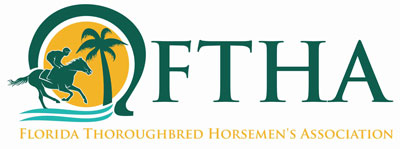Hat-tip to the Tampa Bay Times’ Kirby Wilson, who wrote Tuesday about how a new spring training economic impact report from the city of Clearwater contradicts a similar report from just one year earlier — a report the city used in 2018 to try and justify $80 million in taxpayer-subsidized stadium renovations,
Note the word “report” is used throughout this story, rather than “study.”
That’s because it’s typically marketing professionals — not economists — who compile the rosy reports in an effort to justifying taxpayer subsidies for privately-operated stadiums.
Most real economists will tell you these studies are wildly inflated, and Kirby had no trouble finding some to offer up thoughts. Even Andrew Zimbalist, an economist who has been paid to consult on behalf of MLB, told the Times there were some pretty big flaws in both of Clearwater’s reports.
Clearwater’s 2018 report was based off old research by FSU marketing & hospitality professor Mark Bonn, who was exposed by WTSP in 2017 for selling decades of inflated reports to Florida municipalities that lacked basic economic principles and intentionally skewed numbers to get desired results. The estimated economic impact of the Phillies in 2018: $70 million.
Seeking better numbers in 2019 — but not trying very hard — Clearwater turned to the firm of a different FSU marketing professor (now retired), Phillip Downs.
Downs’ firm acknowledged in its 2019 report that locals who spent money at Phillies games likely would have spent it elsewhere if Spring Training was not an option. It also acknowledged that a tourist who attends three Phillies games only needs one hotel room per night, not three, as Bonn’s reports have previously suggested.
The Downs and St. Germain Research report suggested the Phillies were not worth $70 million per year to Clearwater, but $44 million per year — a figure that experts said was still inflated.
The authors of the report defended their numbers, telling the Times they relied on fan surveys and a model called IMPLAN to figure out how much direct spending will ripple throughout a community after the event.
However, economists say IMPLAN wasn’t designed for one-time or seasonal events.
For what it’s worth, the Phillies told the Times the $44 million figure was simply too low. One reason, Phillies players often buy homes in Tampa Bay.
It’s not clear how many millions of dollars in groceries and rounds of golf are accounted for by the 25 players on the team’s roster.
For the record, if you were wondering if there was ever an economic impact report that suggested public stadium subsidies were not worth their price, the answer is yes: When Florida’s top economist took an impartial look at the state’s stadium spending in 2017, she concluded it provided very little return on investment.
The Phillies and Clearwater are looking for Pinellas County to pick up the majority of the $80 million renovation tab, even though Spectrum Field is already considered one of the Grapefruit League’s nicest parks.
The post New Clearwater spring training report finds bogus economist’s numbers are … bogus appeared first on Florida Politics – Campaigns & Elections. Lobbying & Government..



